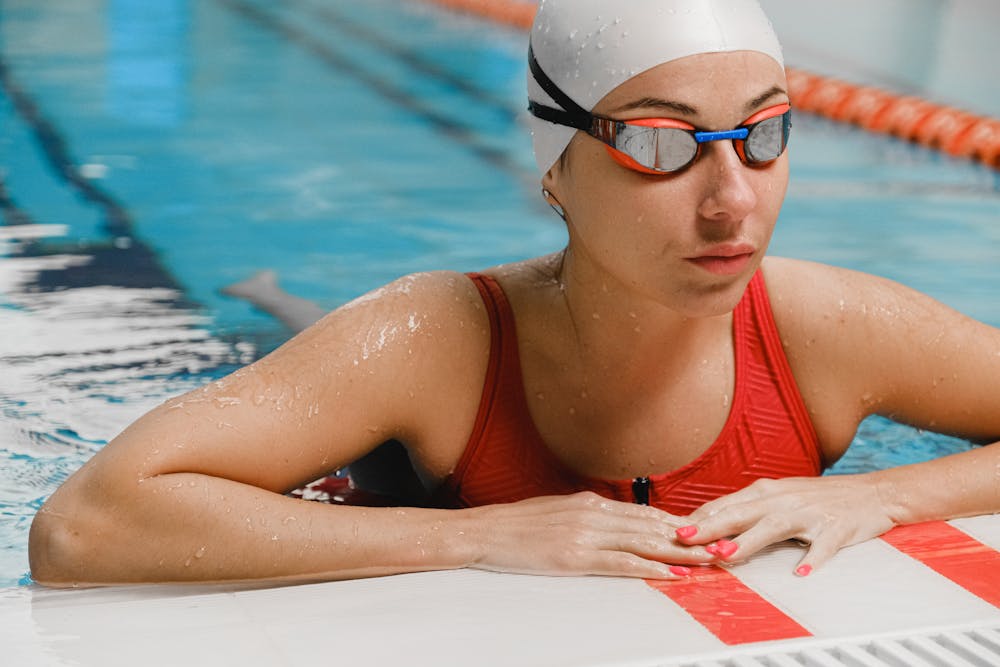For many, the warning to wait 30 minutes after eating before entering the water is a well-ingrained piece of advice, often recited during summer days at the pool or beach. This cautionary recommendation, passed down through generations, suggests that swimming too soon after a meal could lead to cramps, fatigue, and even increase the risk of drowning. But how much truth is there to this age-old advice? This article delves into the origins, medical insights, and practical aspects of swimming after eating, providing a clear perspective on what you should really do after you dine.
The Origin of the 30-Minute Rule: Fact or Fiction?
The advice to wait 30 minutes after eating before swimming has been a staple of parental guidance for decades. Initially, it was believed that this waiting period was necessary to avoid the dangers of swimming with a full stomach—specifically the risk of muscle cramps and drowning. The logic was straightforward: after consuming food, a significant amount of blood flow is directed towards the digestive tract, potentially depriving muscles of the necessary oxygen and energy for swimming.
However, diving into the historical context, this rule appears more rooted in caution than concrete evidence. Early safety guidelines, including those from organizations like the American Red Cross in the 1960s, reflected a cautious approach to water safety but lacked rigorous scientific backing. Studies conducted as early as the late 1960s began to challenge this rule, consistently showing no direct correlation between immediate swimming post-meal and an increased risk of cramps or drowning incidents.
Medical Insights: What Happens in Your Body When You Swim After Eating?
Understanding what occurs inside your body when you swim after eating helps demystify the risks involved. When food is consumed, blood flow does indeed increase to the stomach and intestines to aid in digestion. This shift is often thought to reduce the efficiency of muscle function in limbs, theoretically increasing fatigue and the likelihood of cramps while swimming.
Medical professionals, including those from respected institutions like the Mayo Clinic, now clarify that while there might be minor discomfort or muscle cramps, these are not typically severe enough to pose a significant danger. The body is adept at managing multiple physiological processes simultaneously, and while blood is directed to the gastrointestinal tract, there is still sufficient circulation to support muscle activity in swimming.
Moreover, the type of activity being engaged in after eating plays a crucial role. Leisurely swimming is vastly different from competitive or strenuous swimming in terms of energy demands and potential risks. The latter might benefit from a brief waiting period to ensure optimal performance and comfort, but for casual swimming, the body is generally well-equipped to handle both digestion and exercise concurrently.









